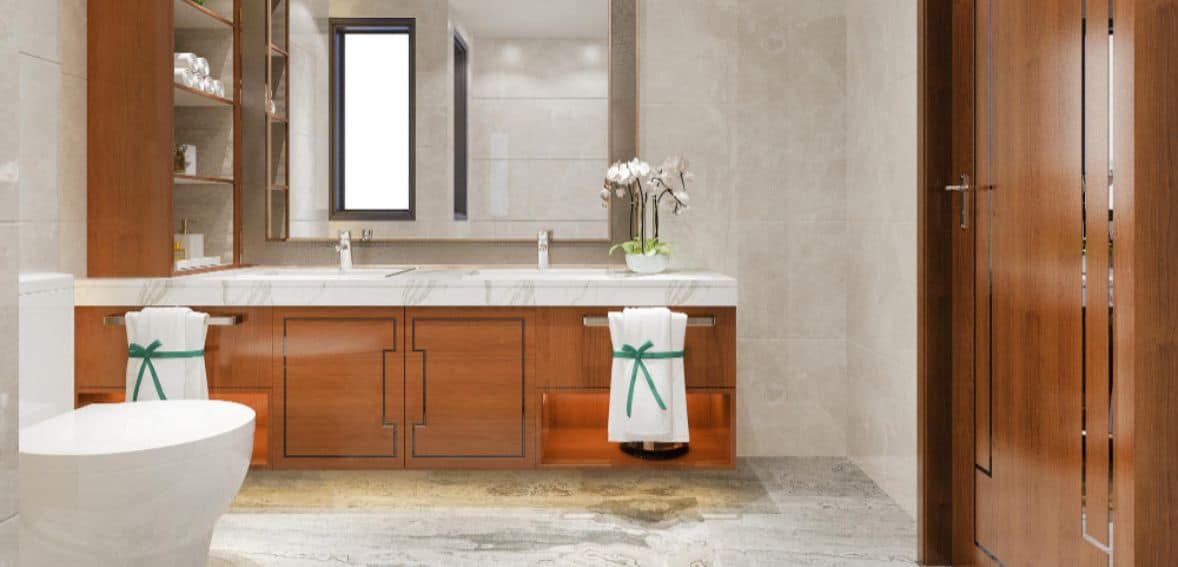
By 302renovations October 1, 2025
Renovation of the bathroom can appear overwhelming at first, but with the right plan, it becomes an excellent enhancement of your property. Whether it’s restoring old fixtures or complete renovation, a well-planned step-by-step guide ensures you stay within budget, avoid unwanted delays, and make informed design decisions. This step-by-step guide walks you through each phase of the bathroom remodeling process, from planning to finishing, so you will be fully informed of what to expect and how to prepare.
Why Remodel a Bathroom?
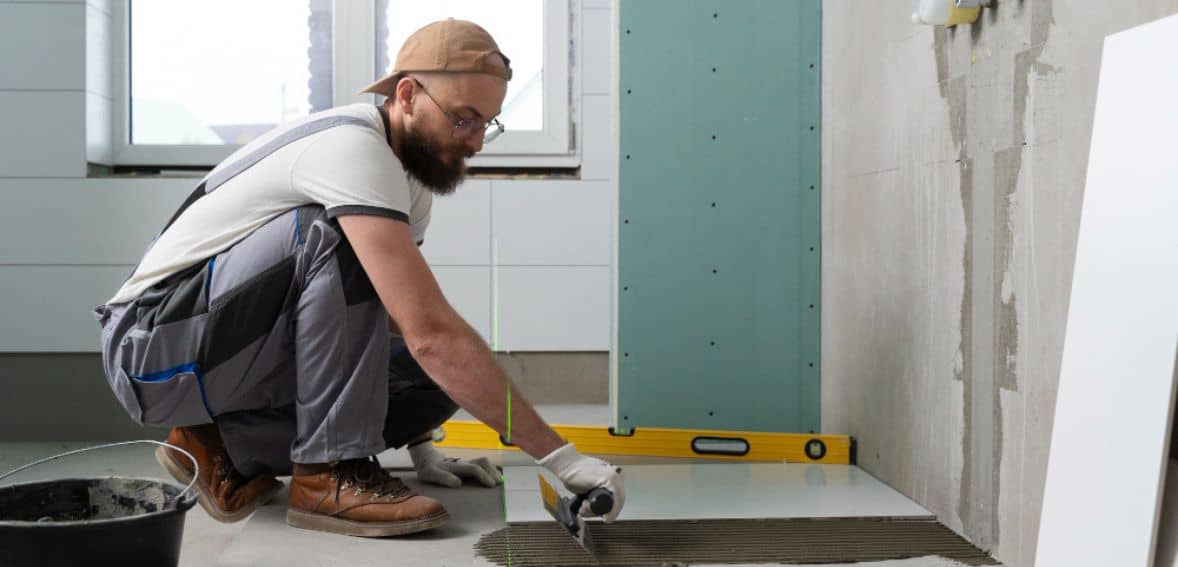
Bathroom renovations are about more than just cosmetic improvement—both comfort and value are at stake. Whether you’re simply coating surfaces with new paint or completely redoing the area from square one, renovation brings your bathroom up to date. At some point, wear and tear are inevitable. Fixtures become outdated, tiles break, and the room no longer serves your purposes.
The renovation provides you with a chance to renew your bathroom with new appliances, enhanced storage space, and a layout that meets your specifications. It’s especially useful if you’re on the verge of selling your house—buyers are attracted to houses with modern design bathrooms. Even if you’re not selling your house, a properly done renovation provides long-term value and enhances the enjoyment of everyday routines.
11 Absolute Steps for a Successful Bathroom Renovation
Step 1: Layout and Design Planning
Every good bathroom starts with a wise design. Dividing the room into wet and dry sections maintains it efficient and clean. The expert will mark where each element—like the sink, toilet, and shelf space—should go. Electrical designs are also sketched here, including spots for lights, the geyser, and the exhaust fan. The design also informs how many tiles to use based on the choice of design and materials.
Step 2: Demolition of the Old Bathroom
Absolutely everything—tiles, pipes, electrical wiring, and fittings—must come out prior to the transformation beginning. Demolition is an enormous mess of dust, so precautions are a must. Thinking about reusing any of the fixtures? Make sure they are removed carefully and stored away. Walls and floors are checked for hidden issues like mildew or damp patches and treated in due time.
Step 3: Plumbing Installation
Once the area is free, new pipes are put in place to fit the new design. If you’re incorporating contemporary fixtures such as wall-hugging toilets, there will be additional supporting work to allow for hidden components such as flush tanks.
Step 4: Electrical Work
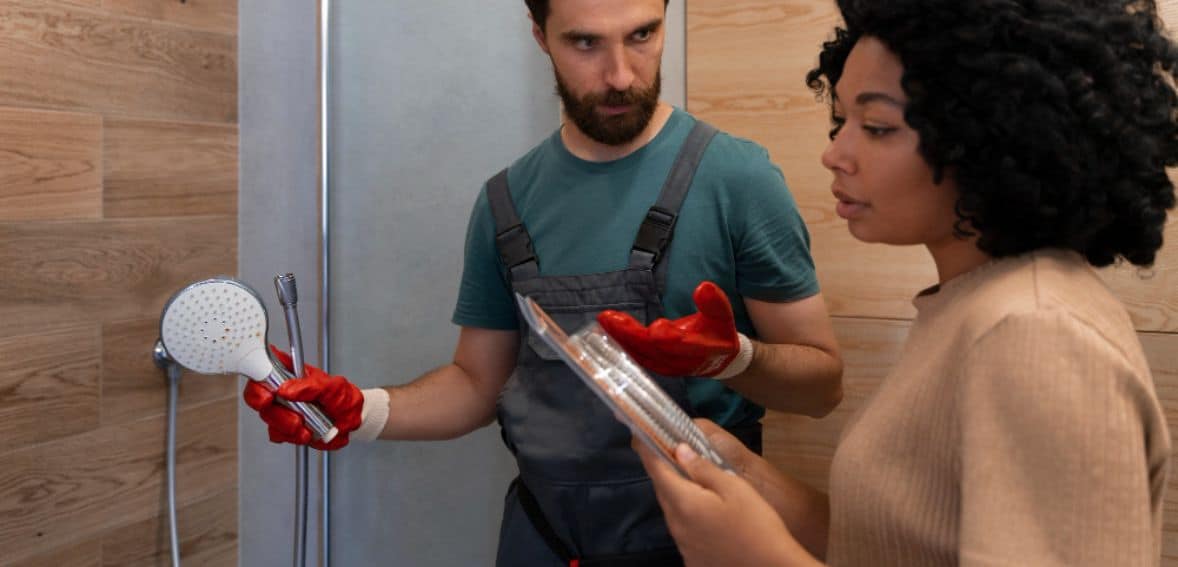
Once the plumbing arrives, the electricians start their work. Wiring is laid out in accordance with the new plan—lights in the ceiling, lights over the vanity, exhaust fans, power points, and geyser points. This ensures that all of the components have power where they must have the electricity prior to adding finishing fixtures.
Step 5: Installing the Countertop and Bath Fixtures
Now is the time that the countertop gets fitted and cut out of materials, including marble, quartz, or granite. Any in-built amenities like bathtubs or shower trays get fitted here, forming the backbone for the wet area.
Step 6: Tiling the Walls and Floor
Tiling on the floors and walls follows, making the vacant space look sophisticated, modern, and elegant. Tiles are well-fitted with appropriate sloping so that water drains well. The joints between the tiles are filled with grout once they are laid down to seal and strengthen them.
Step 7: Making Bathroom Cabinets
Carpenters subsequently arrive to construct the storage units—under the sink or as built-ins in another area. The cabinets are fitted to fill closely in the space and coordinate with your bathroom’s overall aesthetic.
Step 8: Painting the Walls
If the design includes painted surfaces (as opposed to full-wall tiles), the ceiling and walls are coated with moisture-proof paint, usually in a satin or semi-gloss finish, for durability and ease of cleaning.
Step 9: Installation of Lighting and Electrical Fixtures
All the previously marked fixtures of electricity—like lights, switches, exhaust fans, and the geyser—are installed here. Lighting like mirror lights or LEDs in alcoves can go a long way in making the bathroom spacious and luxurious.
Step 10: Installing Sanitaryware
Now that the framework is in place, large fixtures such as the toilet and sink are fitted. Faucets, shower units, and other plumbing fixtures are installed and tested to ensure they work as they should.
Step 11: Final Touches and Accessories
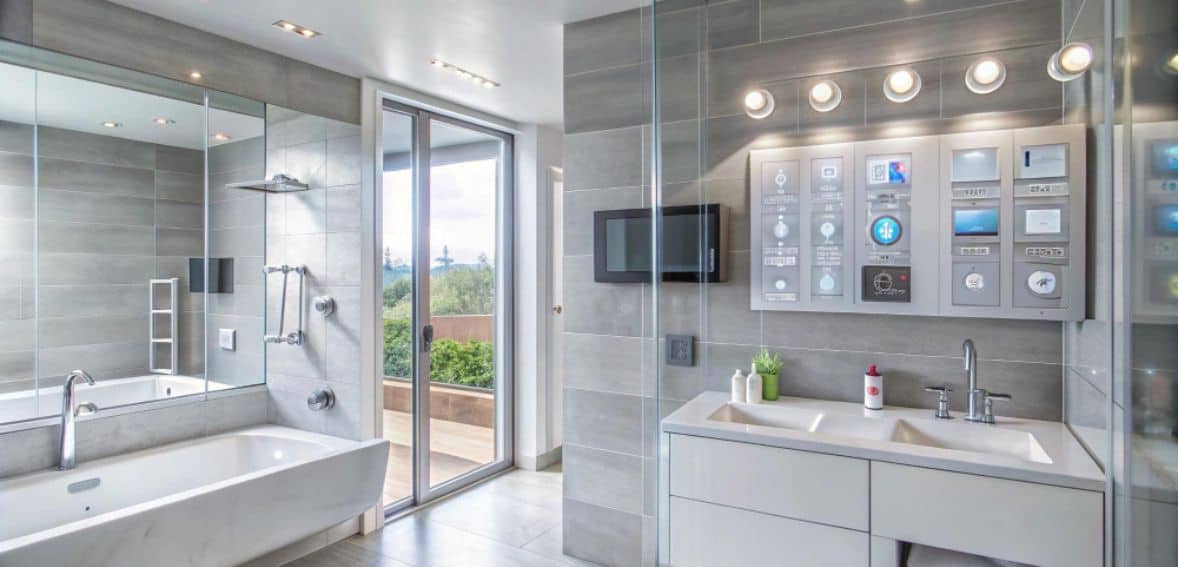
The final step involves installing mirrors, glass dividers, towel racks, soap dishes, and other accessories. These are the finishing touches that turn the space into one that is functional, aesthetically pleasing, and ready for use.
How Long It Takes for a Bathroom Remodel?
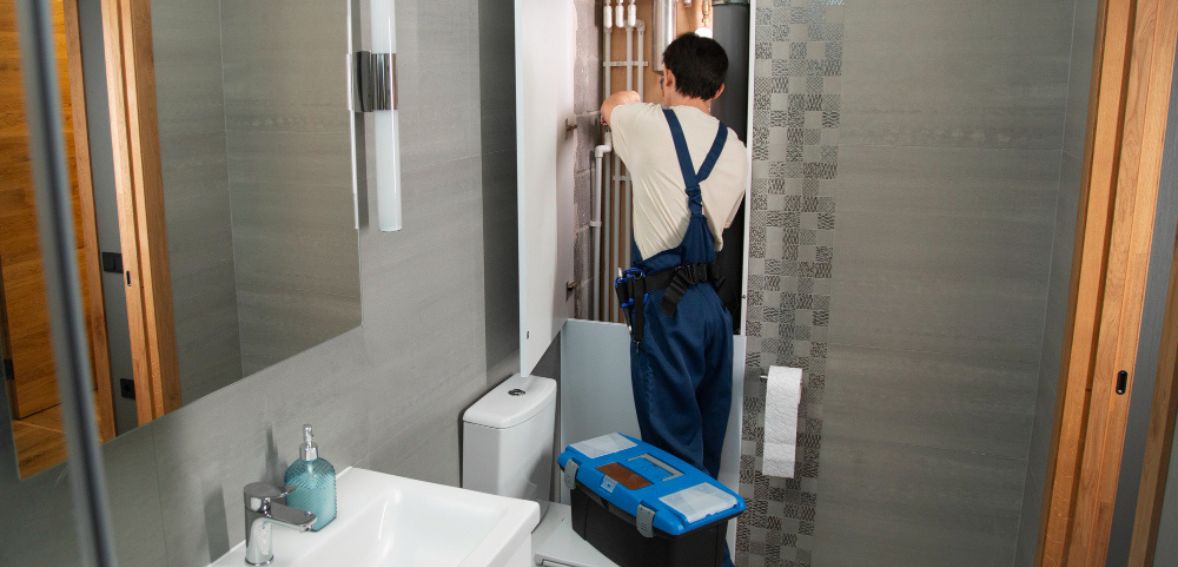
The time it takes to renovate a bathroom also depends on the scope of work. A simple makeover like changing a vanity, new fixtures, or painting the walls might take only a few days. However, the full renovation involving demolition, plumbing, tiling, and remapping can take weeks or even months.
Another large contributor is material availability. If you’ve selected custom tiles, premium fixtures, or special-order cabinets, anticipate longer lead times. It’s not unusual for some things to take weeks to arrive, so your contractor will likely wait to do some things until the materials are available to prevent unnecessary delays.
Don’t forget about the surprises hidden behind walls. Bathrooms are vulnerable to behind-the-scenes issues like water damage, mildew, or old wiring, and those can add extra days to the project. It’s a good practice to include a little buffer time in your project schedule to accommodate those surprise delays.
In brief, the more complex the remodel, the longer it will take—so make sure to be realistic in your expectations and to clearly communicate about the payment processing with contractor.
What to Expect During a Bathroom Remodel
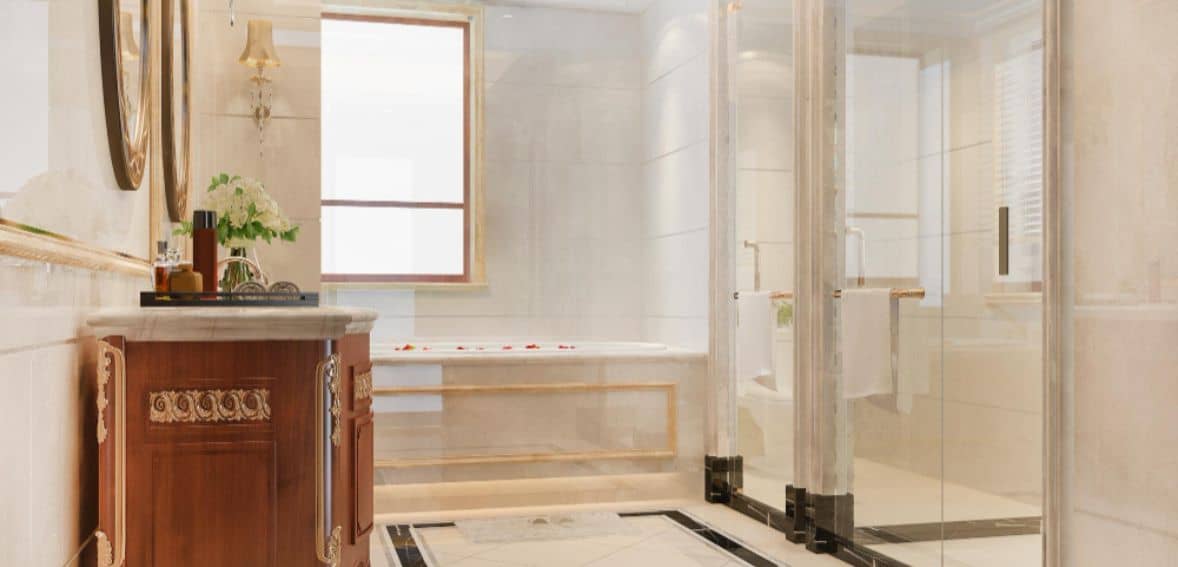
1. Noise and Dust Will Be Part of the Process
From tile cutting to drilling, bathroom remodels generate a lot of dust and noise. If you’re occupying the area while it’s being remodeled, shroud the nearby furniture, seal the surrounding rooms, and alert neighbors—especially in shared complexes.
2. Temporary Disruptions Are Inevitable
If your home has only one bathroom, you’ll need to make alternative arrangements while the work is being done. Plumbing disconnections and demolition phases can render the space unusable for days or even weeks, so plan ahead to avoid daily inconveniences.
3. Delays Can and Do Happen
Even the best-planned projects have some bumps. Material deliveries get delayed, there are unforeseen plumbing or electrical issues, a shortage of laborers, and timetables are derailed. Having some allowance for variations in your plans can save your sanity when things are taking longer than expected.
4. Be Ready to Make Some Design Adjustments
Occasionally, what looks fabulous in a showroom may not exactly suit your actual space. Whether it’s rearranging tile layouts, adjusting fixture locations, or rethinking design decisions, being open to making small changes can make the final product just right.
5. Your Budget May Need To Adjust a Bit
Even with a particular quote, unforeseen expenses—like fixing hidden water damage or replacing new plumbing—can occur. It is wise to plan for an extra 10–15% for your renovation to pay for any surprises without stress.
Conclusion
Well-designed bathroom renovation not only improves the convenience in everyday life but also adds long-term equity to your property. From the careful planning and floor plan creation to finish selections and installation coordination, every detail is an important contributor to the final outcome.
While the process may have some frustration, unexpected delays, or budget readjustment, the ability to be highly organized and flexible can make everything go more smoothly. With the right professionals and a concept, your perfect bathroom is just within your grasp.
FAQs
How long will a bathroom remodel take?
It’ll typically take 2–4 weeks, depending on the scope of work and material availability.
Do I need permits to remodel my bathroom?
Yes, for plumbing, electrical, or structural work, local permits are usually required.
Can I use my bathroom during the remodeling?
Most likely not—especially during demolition, plumbing, and tiling operations
What makes the largest contribution to bathroom remodeling?
Current fixtures, modern tile work, and adequate lighting provide the greatest return.
How much should I pay for a standard bathroom remodel?
Prices do vary, but a mid-range remodel often starts at $8,000–$15,000, depending on size and finishes.